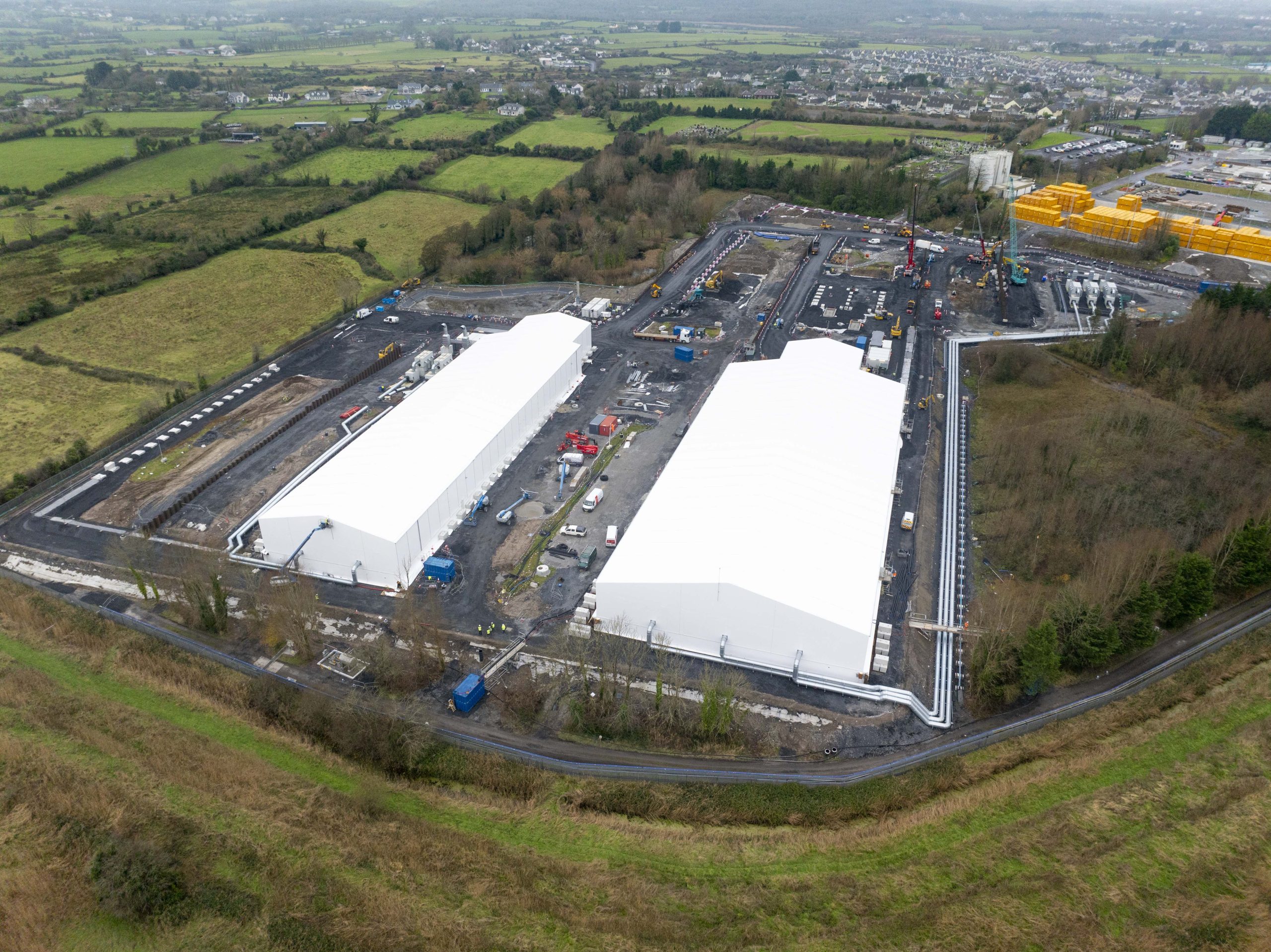
Sheet Piling Works Complete
Following the successful completion of the remediation of the first affected area on-site (AEC 1) with minimal disruption to the community, the more complex element of the overall decommissioning project – the remediation of the on-site landfill - is now underway.
The landfill comprises an area of 24,000 sq. metres and is a fundamental element of Roche’s pledge to restore the site to a brownfield status, capable of attracting new investment.
The excavation of waste from the landfill is being undertaken within negative pressure enclosures; these enclosures required the installation of foundations.
This involved driving sheet pile foundations into the ground to support the enclosure structures. This technique avoided the requirement to use large quantities of concrete, thereby significantly reducing truck movements to and from the site during this phase of construction. Piling works commenced in May 2024 and concluded on 17 December, slightly ahead of our end-of-year deadline.
One of the challenges with sheet piling relates to nuisance noise that occurs during the piling process. Given our commitment to undertake the remediation project with minimal disruption to the community, the project team took every precaution to minimise noise levels while the piling operation was underway.
The following steps were taken to alleviate noise impact:
Minimising the impact of noise on the community is a key consideration in carrying out the remediation works on-site.
- Piling work was undertaken intermittently between the hours of 9am and 5pm, for short durations of time and with many stoppages in any one hour.
- The best available machinery was used to drive the piles into the ground and minimise noise levels.
- Physical noise barriers were installed at the piling site to dampen the noise around the work area and to ensure that noise levels were non-disruptive.
Noise levels were monitored continuously to ensure that they were within the limits permitted in the Industrial Emissions (IE) licence and Planning Permission.
A video showing the piling works and the construction of the enclosures has been uploaded onto the 'Video Gallery' section of our website (www.rocheclarecastle.ie).
We thank the Clarecastle community for their patience and understanding while this work was underway. The excavation of waste has now commenced, with the waste being moved off-site in specialist sealed containers and transported to Shannon Foynes Port for shipment to a licensed thermal treatment facility in mainland Europe.
Meticulous planning has gone into preparing for the remediation of the landfill. We will continue to actively communicate with the community as the ‘Site Decommissioning Projeprogress
A Team Effort
Preparing the landfill for the excavation of waste involved multiple teams, led by Roche Project and the main contractor, Indaver.
We thank each member of every team for their hard work during 2024 which enabled Roche to reach its milestone of being ready to start excavating waste in the landfill at the beginning of 2025.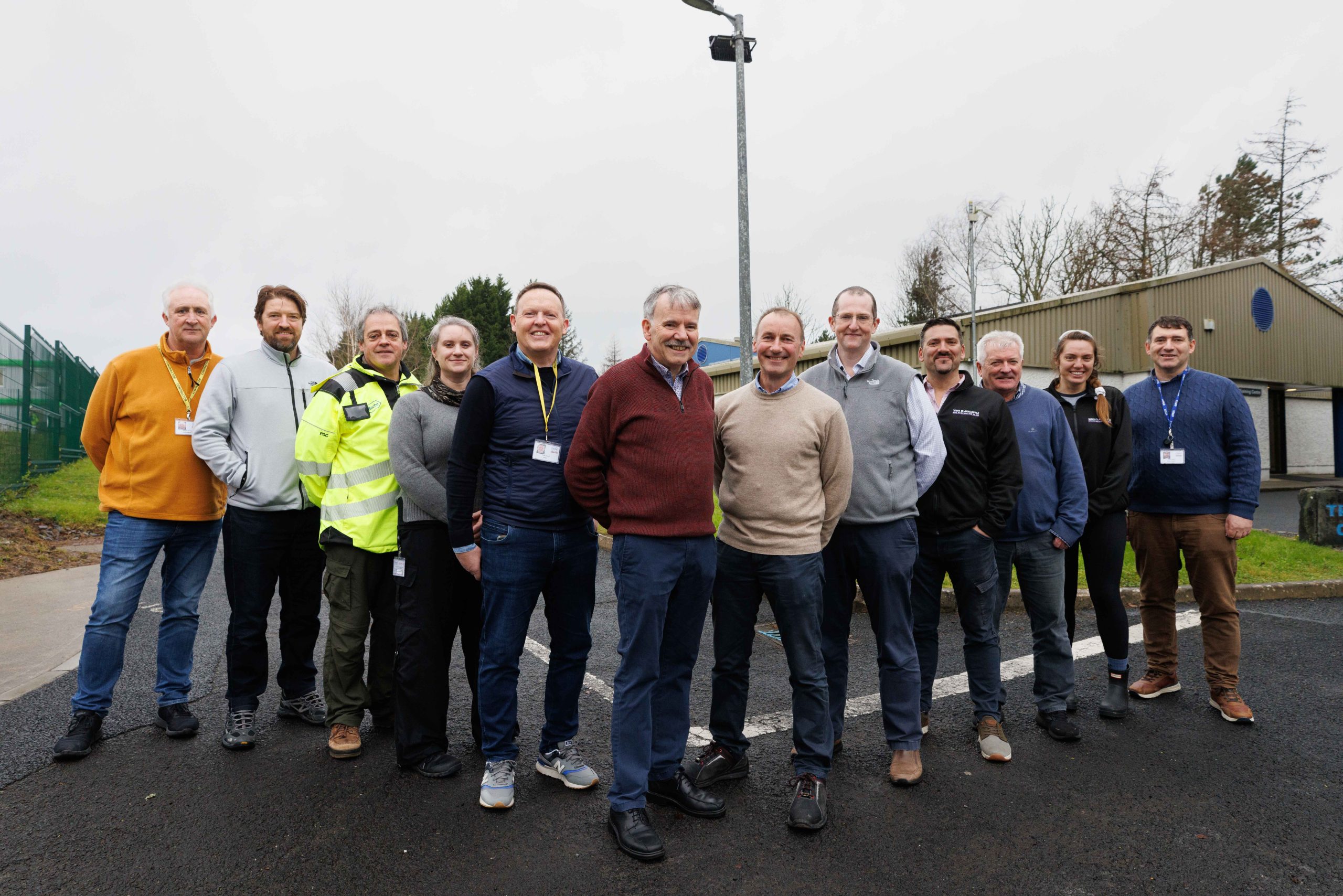
The Roche Projects team
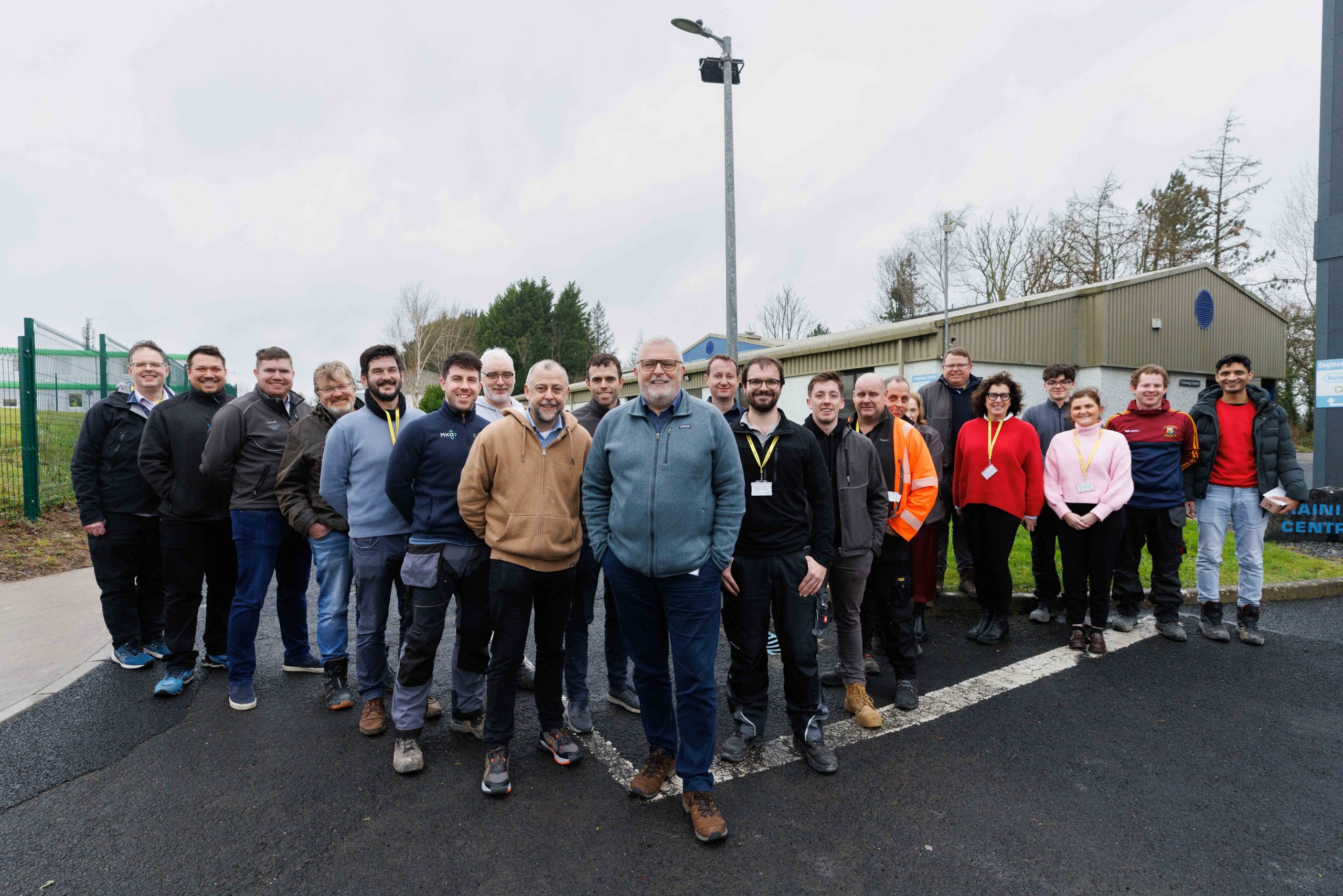
The Indaver (main contractor) team
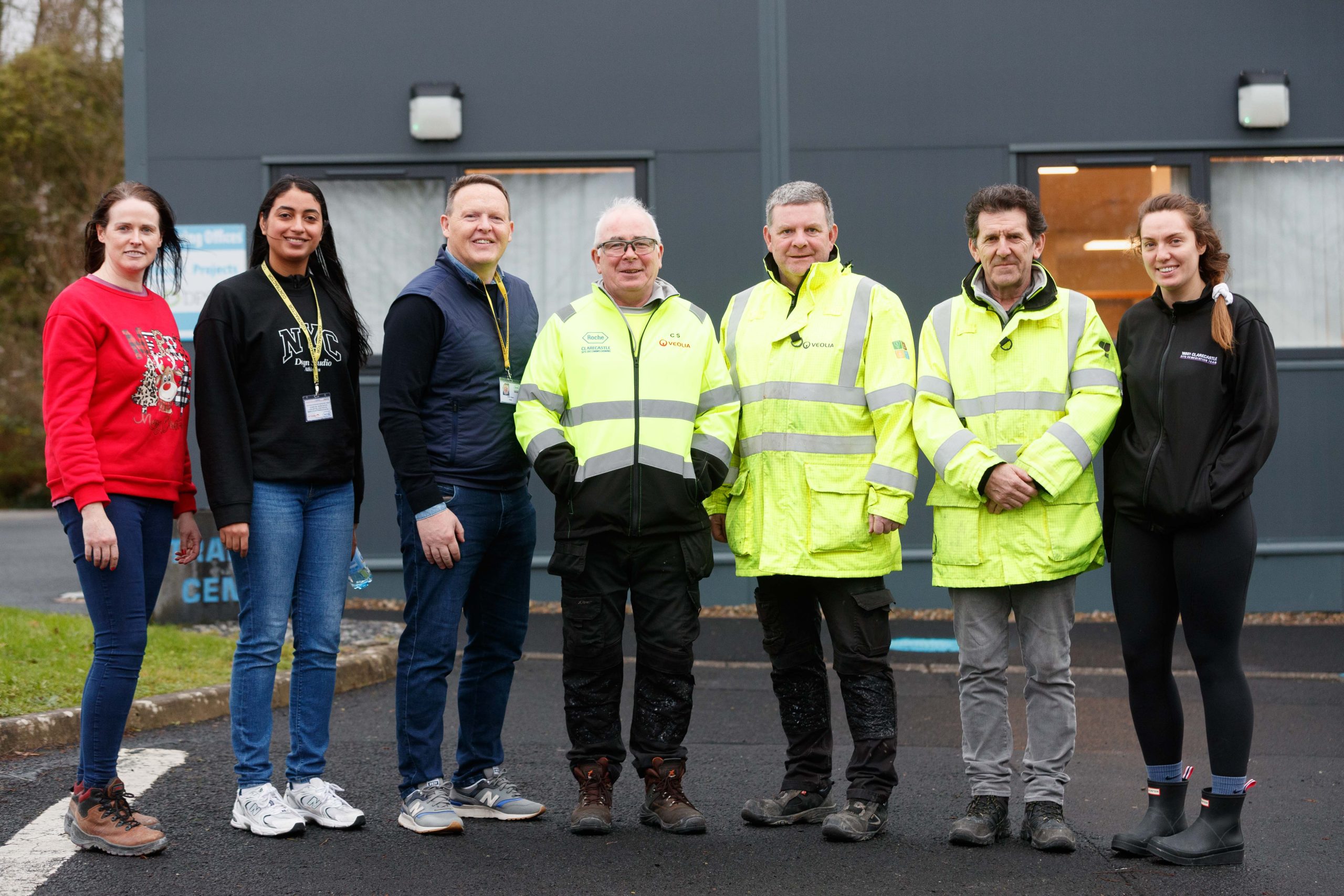
The Verde (environmental management) and Veolia (facilities' management) teams - Veoila team in hi-vis jackets
The photos below are representative of the many sub-contractors involved in delivering varying aspects of the site remediation project - civil works, enclosure construction, electrical services, ground investigation, logistics, landscaping...
Team members present on the day included in photos. Some team members not included in the photos.
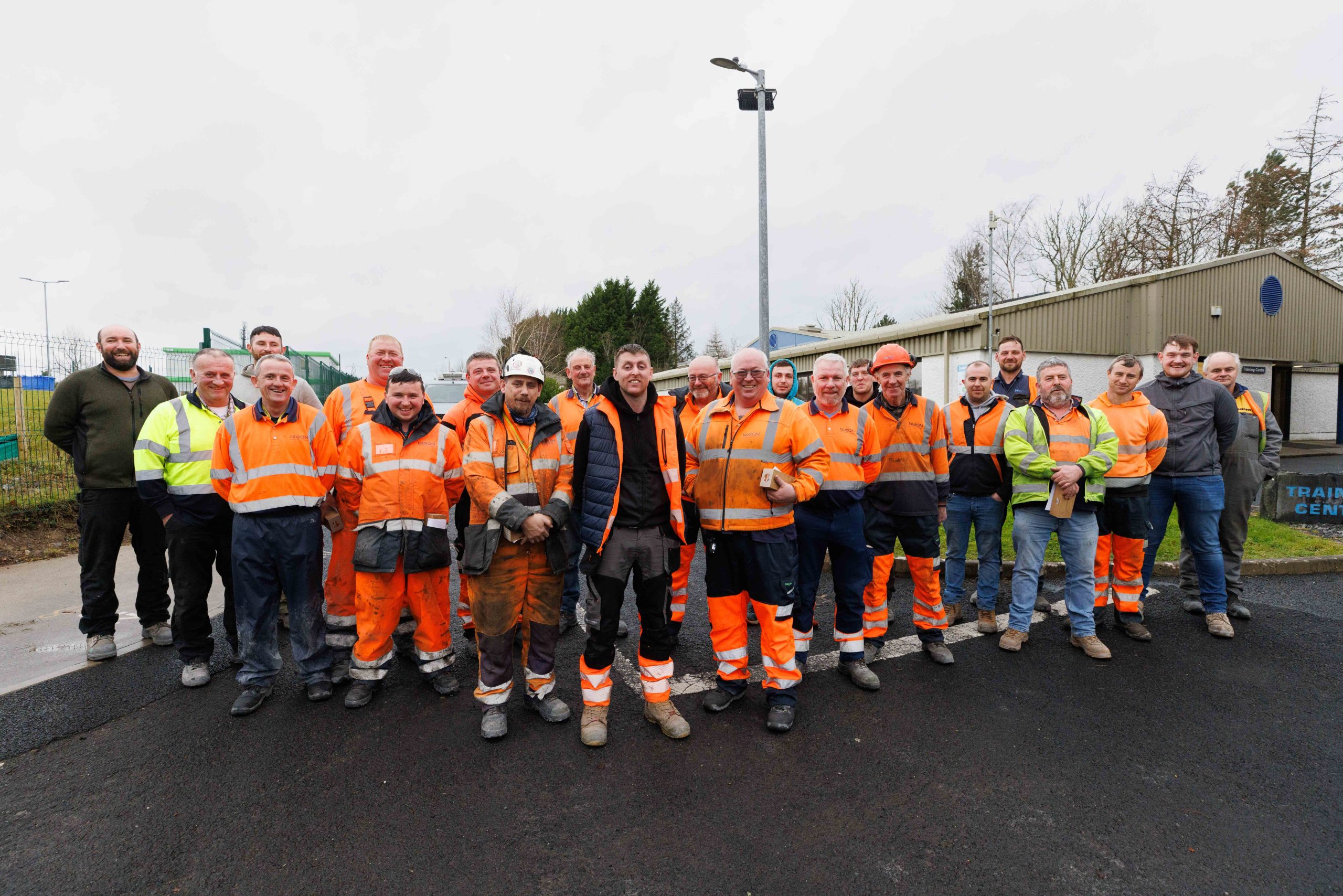
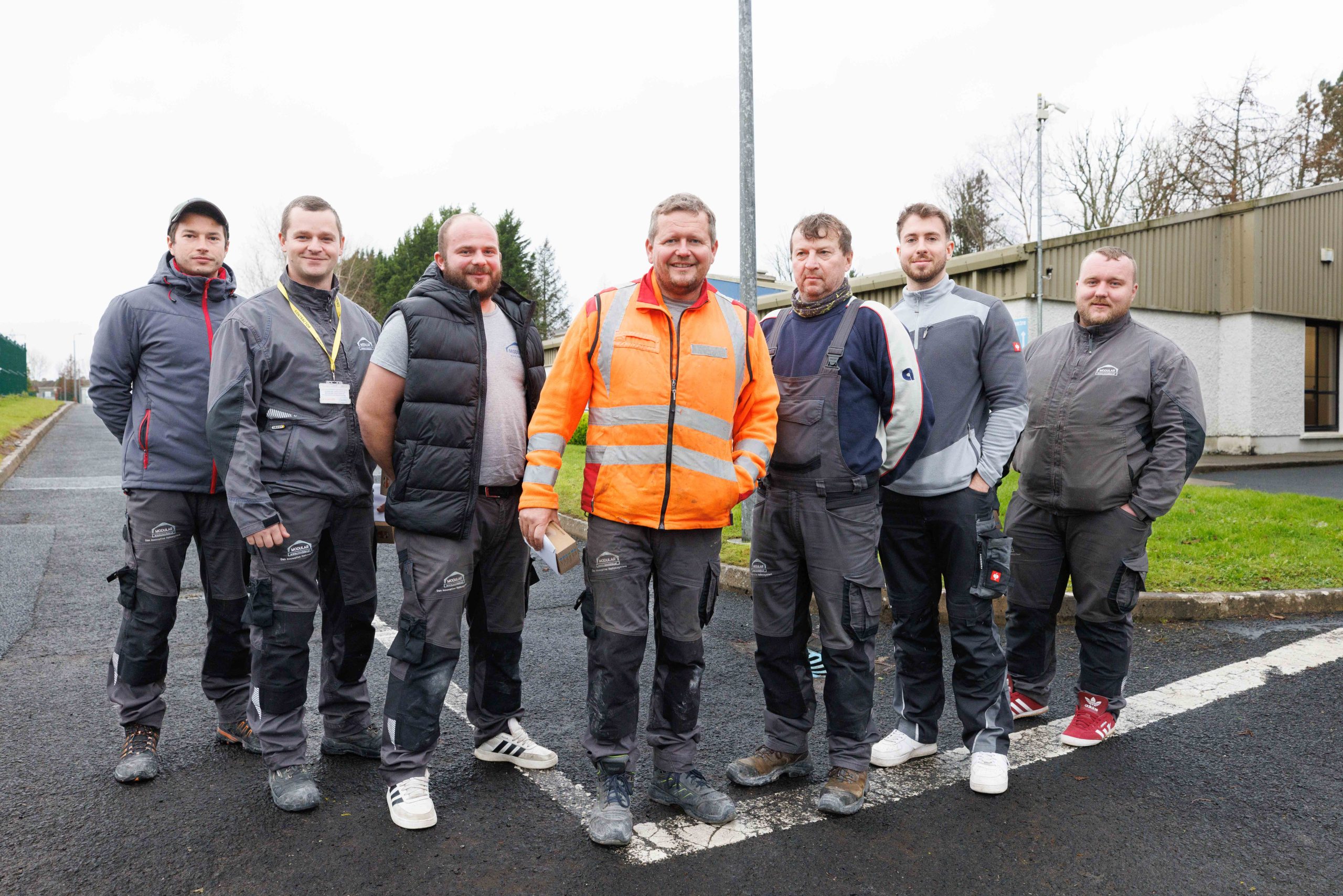
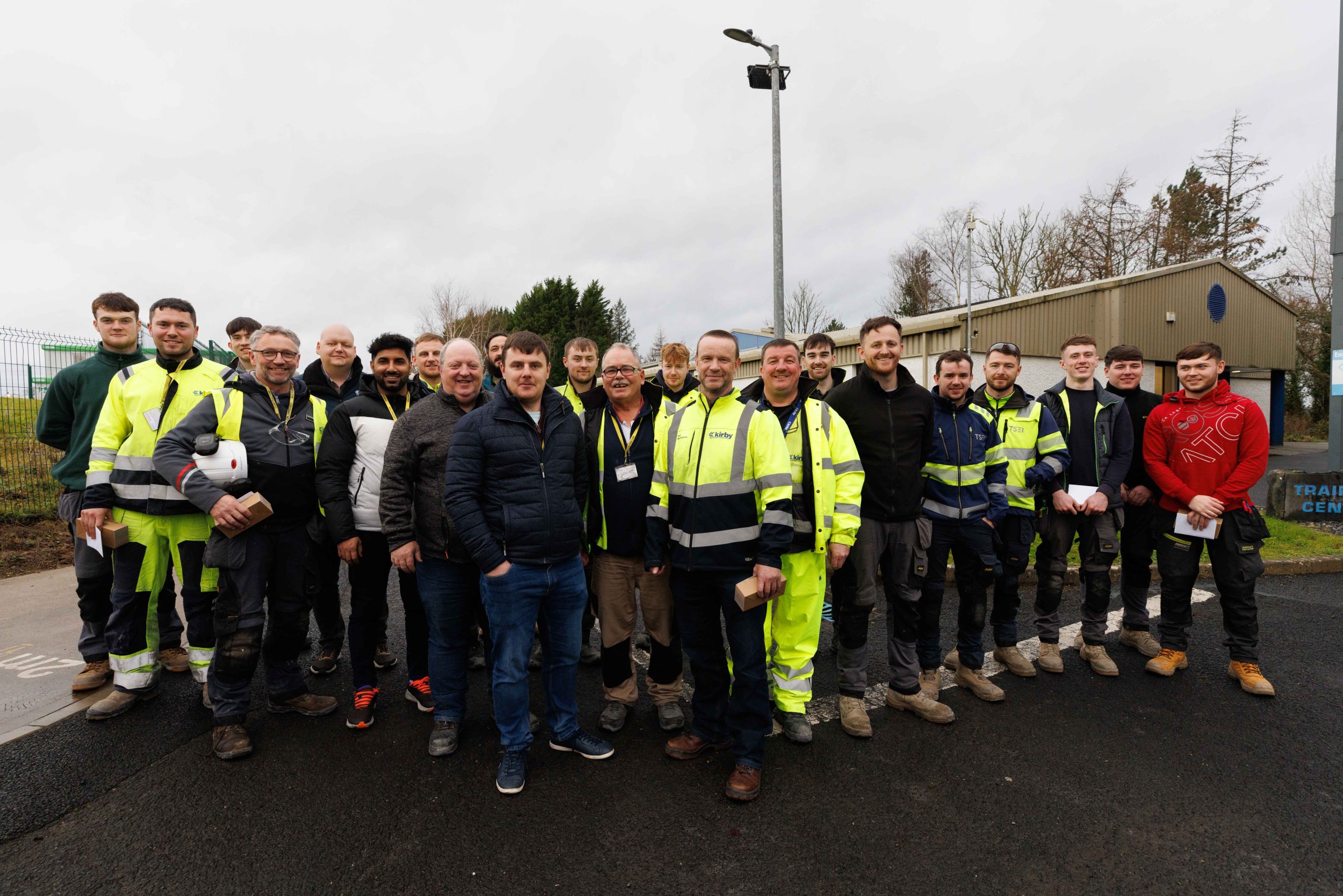
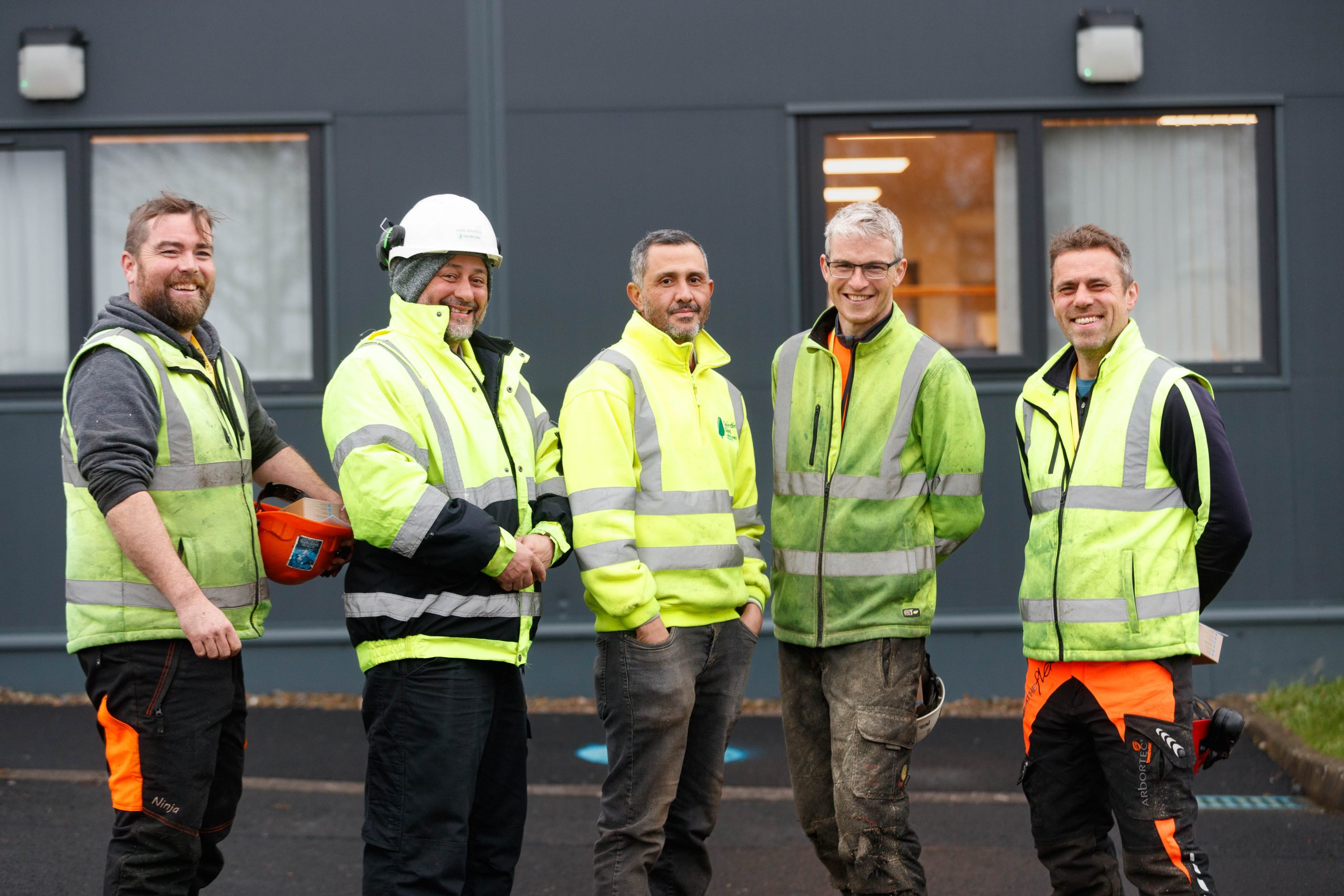
Photos by Eamon Ward.
Landfill Planning
The site infrastructure originally included an on-site landfill which was initially licensed by the local authority and subsequently by the Environmental Protection Agency (EPA). The requirement for a landfill was linked to the fact that waste emanating from Roche’s on-site manufacturing activities could not be sent to municipal landfills, hence it was placed in the landfill.
In 2006, a higher focus on recycling resulted in the landfill being capped and closed. Non-recyclable waste was sent to off-site waste management facilities designed specifically for handling waste generated from the site
When Roche announced its the decision to cease operations in Clarecastle and to fully remediate the site to enable it to have a sustainable future, the removal and remediation of waste deposited in the on-site landfill was an intrinsic part of this decision.
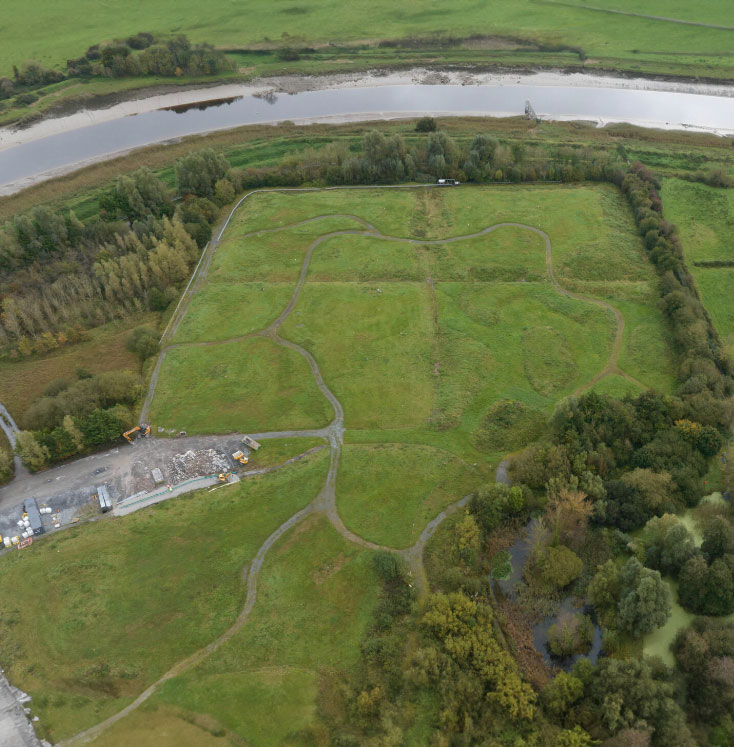
The landfill comprises seven (7) engineered cells where the waste was placed. It covers an area of approximately 24,000 sq. meters and contains an estimated 150,000 tonnes of waste, which will be removed during the remediation of this area. All the major activities associated with the remediation will be carried out in enclosures. Waste will be transported off-site in sealed containers as was done with AEC1.